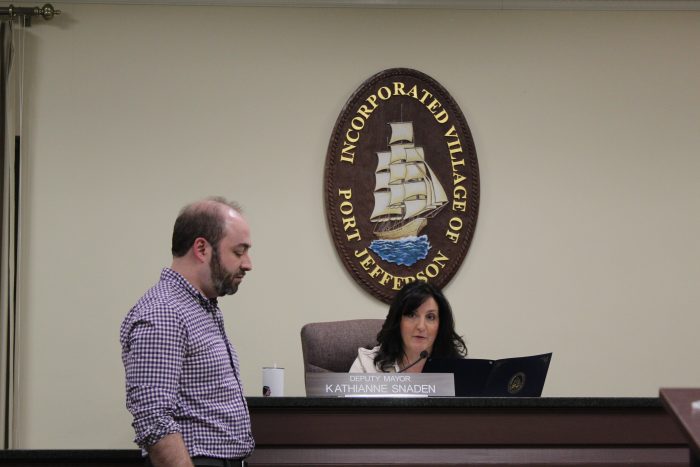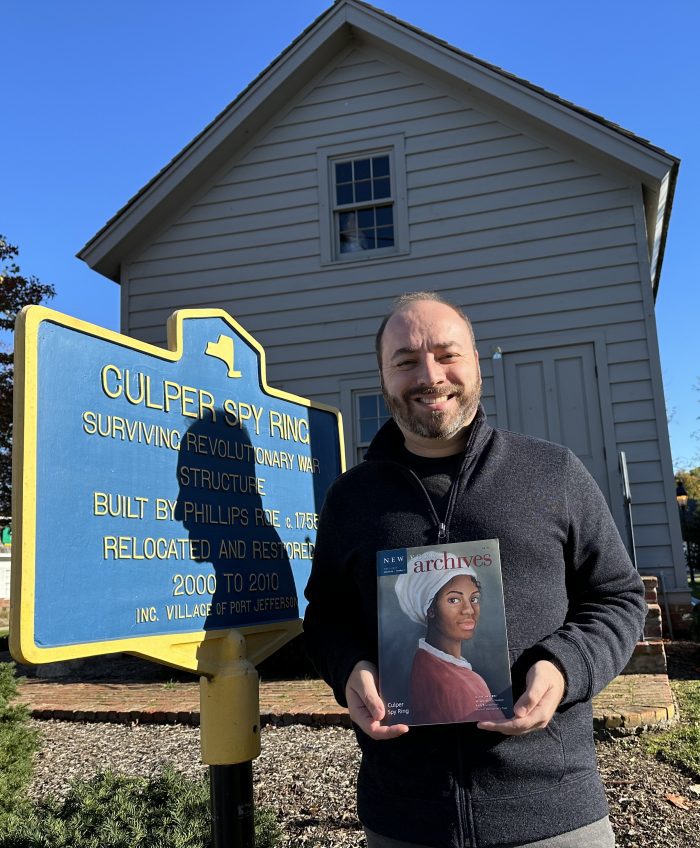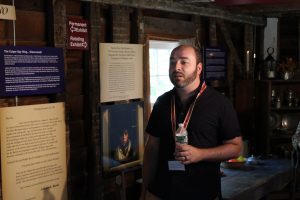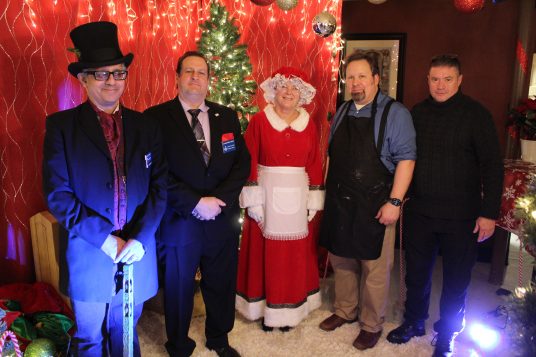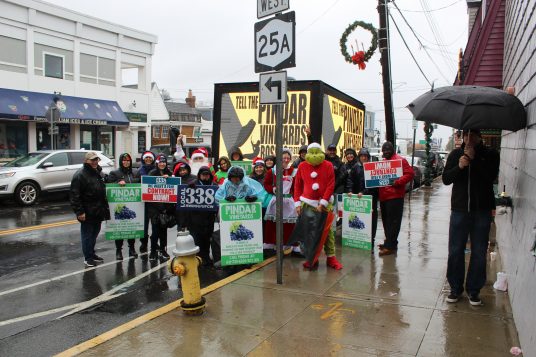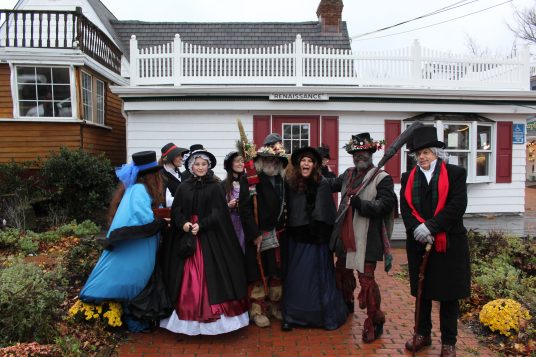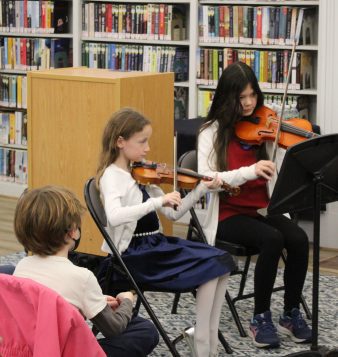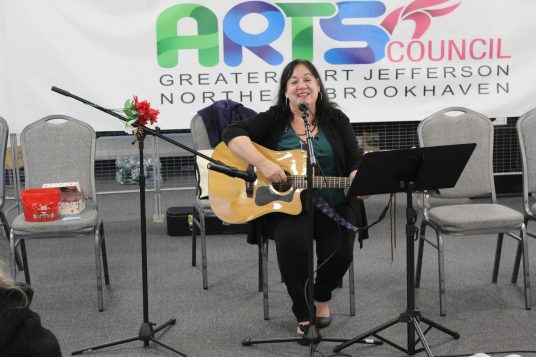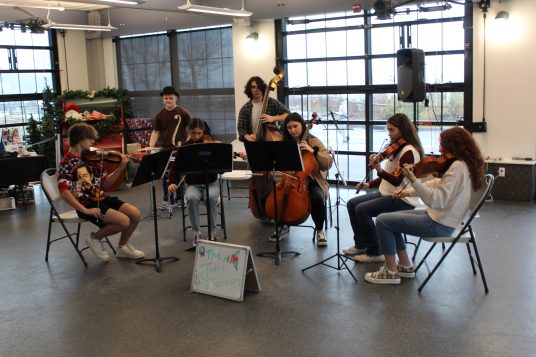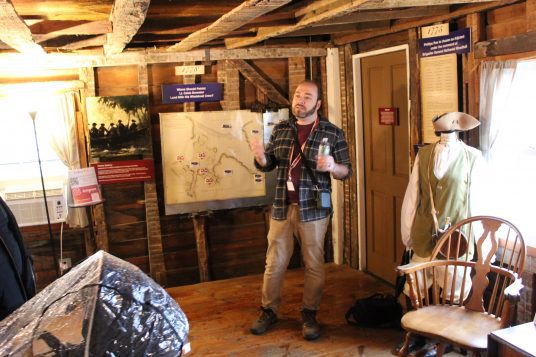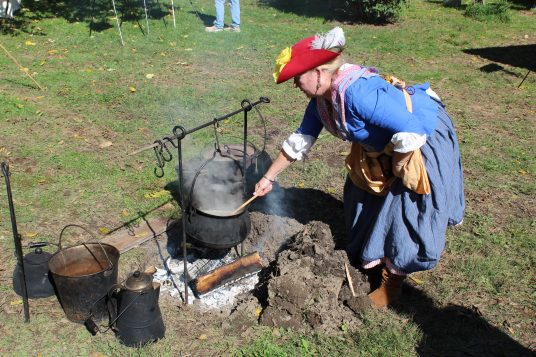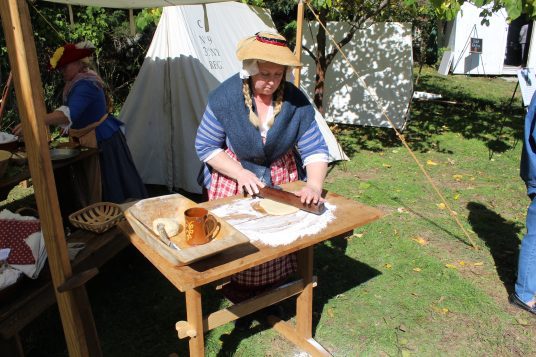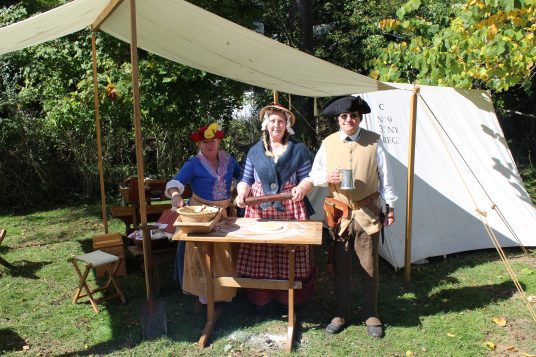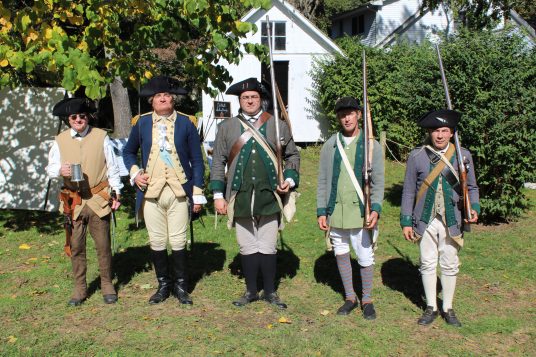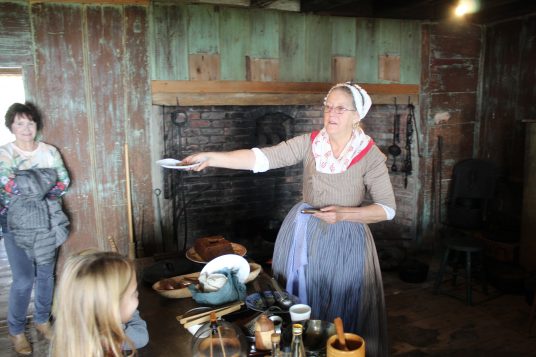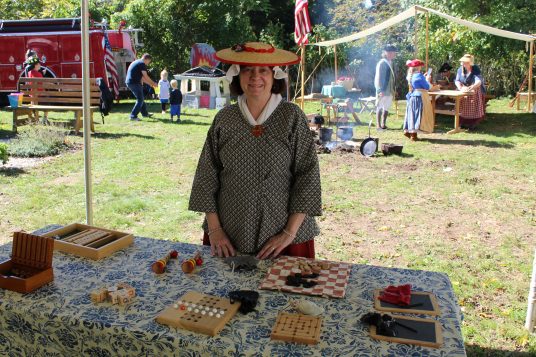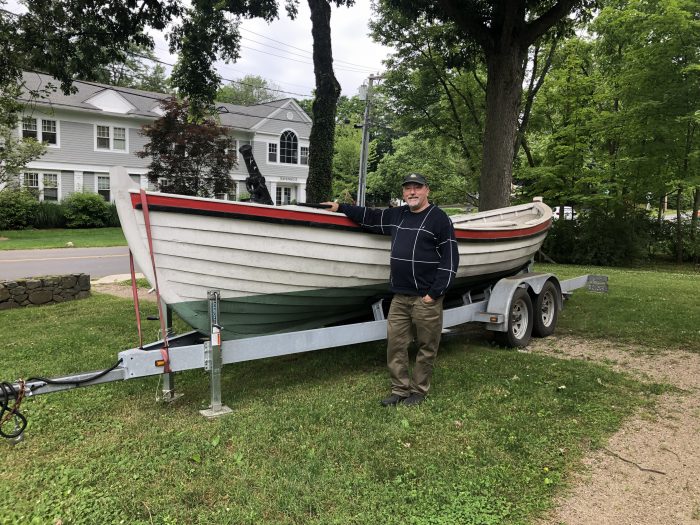The Village of Port Jefferson Board of Trustees met on Monday, March 6, with a public meeting covering the East Beach bluff, youth programs, irrigation systems and public safety.
The board continued planning for the phase II upland wall project between the East Beach bluff and the restaurant facility at Port Jefferson Country Club, approving a modification to its drainage plan to accommodate racket sports facilities for $5,500.
Approaching its budget season, the board adopted a local law to enable it to approve a budget with a tax levy that exceeds the default tax levy under New York’s General Municipal Law. The local law passed 3-1, with Mayor Margot Garant absent and trustee Lauren Sheprow voting against it.
The board deliberated with Lisa Perry, president of the village-based nonprofit Long Island Foundation for Education & Sports, a children and family services group which rents a room in the Village Center.
The village lowered the room’s rental rate from $42 to $35 per hour following the COVID-19 pandemic to assist LIFFES with its expenses. Perry emphasized the program is a service to the community.
Following some back-and-forth, the board passed a resolution to continue billing the nonprofit at a $35 per hour rate for the remainder of LIFFES’ spring season. The two parties would revisit the rates for its fall season by May.
Suffolk County police officer John Efstathiou delivered the department’s report on public safety, noting the problem of vehicular theft throughout the area.
“Let’s lock our cars,” he said. “Let’s keep our cars locked in our driveways. Let’s lock them when you park in a parking lot because people are out here stealing many items from people’s vehicles.” He added, “Do not leave your keys in the car.”
Resident Arthur Epp inquired about xylazine — also known as tranq — an animal tranquilizer appearing in fentanyl supplies throughout the country.
Efstathiou said the 6th Precinct “has not seen that yet.” Because Narcan does not help in instances of xylazine overdose, he suggested the substance would remain on the department’s radar.
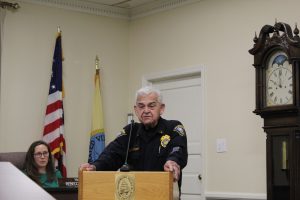
Acting code enforcement chief John Borrero delivered the code department’s report. He took over as acting chief following the suspension with pay of Fred Leute last month.
Borrero reported a recent incident of two Rottweilers attacking a small dog. “They tore him up pretty good,” the acting chief said, adding that the owner received two citations.
Borrero urged, “Please keep your dogs tied up.”
Deputy Mayor Kathianne Snaden reported that the Jericho-based Beechwood Organization is in its final stages of closing on the Maryhaven property, with plans to convert that area to residential housing.
“Their plan is to build condos on that site,” Snaden said. “We have a lot of apartments being built uptown. We had some apartment buildings down here, but these will be owner-owned condos.” The deputy mayor added that Beechwood would soon submit its application to the zoning and planning departments.
Trustee Rebecca Kassay reported that the village is exploring potential solutions to the drought problem on Long Island, considering irrigating the golf course at PJCC using rainwater.
“This is the direction everyone seems to be going in,” she said. “The water situation has been serious.”
Trustee Stan Loucks reported that permits are now available for kayak racks. “If you have a kayak, canoe or vessel, you can pick up your applications right now,” he said. “The lottery for those racks will take place on April 3.” He added, “Hopefully, we have enough racks this year, so we don’t really freeze anyone out.”
He also reported that the walkways at Harborfront Park would be renovated in the coming weeks, with discussions in the works for rerouting some.
Trustee Sheprow said the Parks and Recreation Advisory Council approved the date of Aug. 17 for the village’s annual community golf outing at a rate of $75 per player.
“Whoever wants to play who lives or works [in the village], volunteers for the fire department, working in the school district, works at the hospitals is welcome to participate in that golf outing,” she said, adding, “It was very successful last year.”
During the meeting, Snaden presented Drowned Meadow Cottage historian Mark Sternberg with a village proclamation for his research connecting Port Jefferson to the Culper Spy Ring.
Following the presentation, Sternberg delivered a brief address thanking those for supporting him in his historical endeavors and discussing the momentum behind the village’s local history.
“The energy with the cottage is so incredible, and I wouldn’t be doing this if I didn’t see smiles on so many people’s faces that are coming through,” he said. “It’s been an incredible ride, and I can’t wait to continue it.”
During the public comments, resident Myrna Gordon petitioned the village board to consider banning single-use plastic containers, particularly for village-sponsored events.
“I would hope that an ordinance or request can be made that the only kind of containers that can be used are environmentally friendly or paper products,” Gordon said. “We have to do away with the plastic.”

